Comparing Orbitype and CloudCannon: Which CMS Suits Your Project Needs?

Introduction
Building the perfect website requires a CMS that fits your team's needs—whether it’s flexibility for developers or simplicity for content creators. Platforms like Orbitype, a headless CMS built for dynamic applications, and CloudCannon, tailored for static sites, offer unique solutions. But which one suits your project best?
This comparison explores the strengths of both platforms to help you decide which CMS aligns with your goals.
What is CloudCannon?
CloudCannon is a CMS that shines in the static site generation space, offering visual editing and collaboration tools that cater to both developers and content creators. Built with ease of use in mind, CloudCannon works seamlessly with static site generators like Jekyll and Hugo, enabling users to create lightweight, visually appealing websites.
Key Features of CloudCannon
Live Visual Editing: Non-technical users can edit content directly on the website, reducing dependency on developers.
Seamless Collaboration: Supports teams with easy content approval workflows and optimal editing tools.
Static Hosting: Provides hosting capabilities optimized for static websites, ensuring fast load times.
Previews and Updates: Users can see changes in real time, streamlining the content creation process.
With its emphasis on simplicity and static site optimization, CloudCannon is perfect for design-focused projects and smaller teams.
What is Orbitype?
Orbitype is a headless CMS designed for developers and businesses looking to unify their data, files, and tools without being locked into rigid frameworks. As an API-first solution, Orbitype integrates seamlessly with popular JavaScript frameworks like React, Vue, and Angular, making it a top choice for dynamic web applications.
Key Features of Orbitype
Headless Architecture: Provides unparalleled flexibility by decoupling the frontend and backend.
API-Driven: Developers can easily integrate Orbitype into existing workflows using its adaptable APIs.
Automatic Dashboards: Offers graphical insights for better data visualization and project tracking.
Scalability: Handles data-heavy applications with ease, ensuring performance even under high demand.
Ideal for agencies, software teams, and enterprises, Orbitype empowers developers to build custom solutions while maintaining full control over their data.
Content Management
When it comes to content management, Orbitype and CloudCannon take distinctly different approaches.
Orbitype offers an API-first system that gives developers the freedom to create customized content workflows. Whether you're building a dynamic e-commerce site or a complex web application, Orbitype’s flexibility ensures that you can tailor the backend to meet unique project requirements. Developers can structure content in JSON, pull it dynamically into the frontend, and adapt quickly to changing demands.
Orbitype offers an API-first system that gives developers the freedom to create customized content workflows. Whether you're building a dynamic e-commerce site or a complex web application, Orbitype’s flexibility ensures that you can tailor the backend to meet unique project requirements. Developers can structure content in JSON, pull it dynamically into the frontend, and adapt quickly to changing demands. If you're considering moving from other CMS platforms, learn why Orbitype is a better alternative in our guide on Switching from Hygraph to Orbitype.
CloudCannon, on the other hand, is tailored for static site management. Its visual editor allows content creators and content editors to work directly on the website without touching code. This feature is a game-changer for editing teams that need a CMS where non-technical users can collaborate effectively with developers. However, the static nature of CloudCannon means it’s not suited for highly dynamic or data-heavy projects.
Integration and Flexibility
For integration and flexibility, Orbitype leads the pack with its headless CMS design. It seamlessly connects with popular frameworks like Next.js, Nuxt.js, and Angular, making it a versatile choice for modern development environments. Orbitype also excels in managing multiple data sources, ensuring everything is accessible from a single hub. Its API-driven approach empowers developers to integrate Orbitype with existing tools, workflows, and third-party applications effortlessly.
CloudCannon prioritizes ease of integration with static site generators, such as Jekyll and Hugo. This focus makes it ideal for projects where static content is king. However, its narrower scope may not provide the flexibility required for dynamic applications.
If your project demands a high level of customization and scalability, Orbitype is the better choice. For simpler setups requiring static content management, CloudCannon provides a more straightforward solution.
Collaboration and User Experience
Collaboration is vital for any reliable, high-performance CMS, and both platforms approach it differently based on their target audiences.
Orbitype focuses on empowering developers while offering tools that make collaboration seamless. Teams can work together on projects with well-defined APIs and automated dashboards. The platform's backend-first design ensures that developers have complete control over data, while content creators and can use integrated tools to streamline workflows.
CloudCannon, on the other hand, emphasizes accessibility for non-technical users. Its live visual editor is intuitive and user-friendly, enabling content editors and content writers to see changes in real-time and providing a clear preview of how the website will appear to end-users. This simplicity fosters better collaboration between developers and content creators, particularly in design-heavy projects.
For developer-heavy teams, Orbitype provides advanced tools for efficient teamwork. For mixed teams of developers and content creators, CloudCannon’s visual interface ensures everyone can contribute effectively.
Hosting and Deployment
Hosting and deployment are crucial considerations when selecting a CMS.
Orbitype stands out with its hosting flexibility. As a headless CMS, it allows developers to choose their preferred hosting platforms, ensuring maximum control over deployment environments. This flexibility means Orbitype can adapt to diverse project needs, from small-scale applications to enterprise-level solutions.
CloudCannon, with its built-in hosting capabilities, simplifies the deployment process for static sites. This feature is particularly useful for teams looking to manage static content without the need for external hosting platforms. However, the static nature of CloudCannon’s hosting makes it less suitable for projects requiring dynamic content or complex backend systems.
Conclusion:
Both Orbitype and CloudCannon have their unique strengths, catering to different user needs. Orbitype shines as a headless CMS with flexibility and scalability, making it the go-to choice for dynamic, data-driven projects. CloudCannon, with its focus on static sites and visual editing, provides an excellent solution for teams and content editors seeking simplicity and speed.
Ultimately, the choice between these platforms depends on your project’s complexity, level of editing needs, and your team’s expertise. Whether you need the power of Orbitype or the simplicity of CloudCannon, each CMS offers a reliable solution for modern web development.
Explore these platforms further to see which one aligns with your goals, and unlock the full potential of your web development projects.
Choosing the right CMS can make or break your web development project. Orbitype and CloudCannon offer distinct features—one built for dynamic, API-driven applications, the other tailored for streamlined static site management. Which one fits your needs? Dive into our detailed comparison to find out.
Get Started with Orbitype Today
Explore our blogs: https://www.orbitype.com/posts
Dive into our documentation: https://www.orbitype.com/documentation
Register for free today: https://app.orbitype.com/guest/register
Start building smarter and faster with Orbitype!
Read more
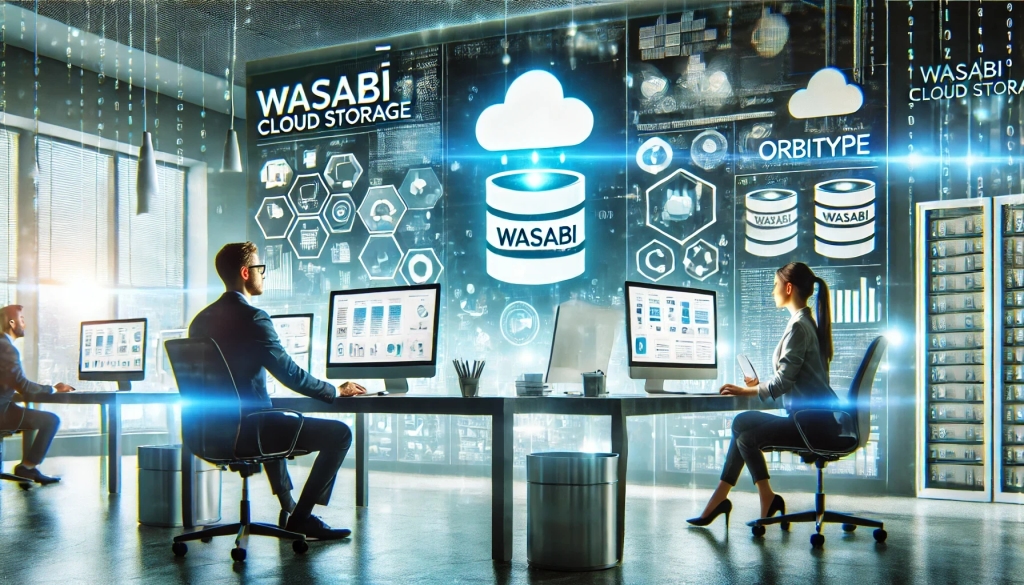
Seamless Data Management: Integrating Wasabi Cloud Storage with Orbitype
Boost your CMS performance with Wasabi Cloud Storage and Orbitype integration. Learn how this cost-effective, scalable solution enhances data management and delivers exceptional results.
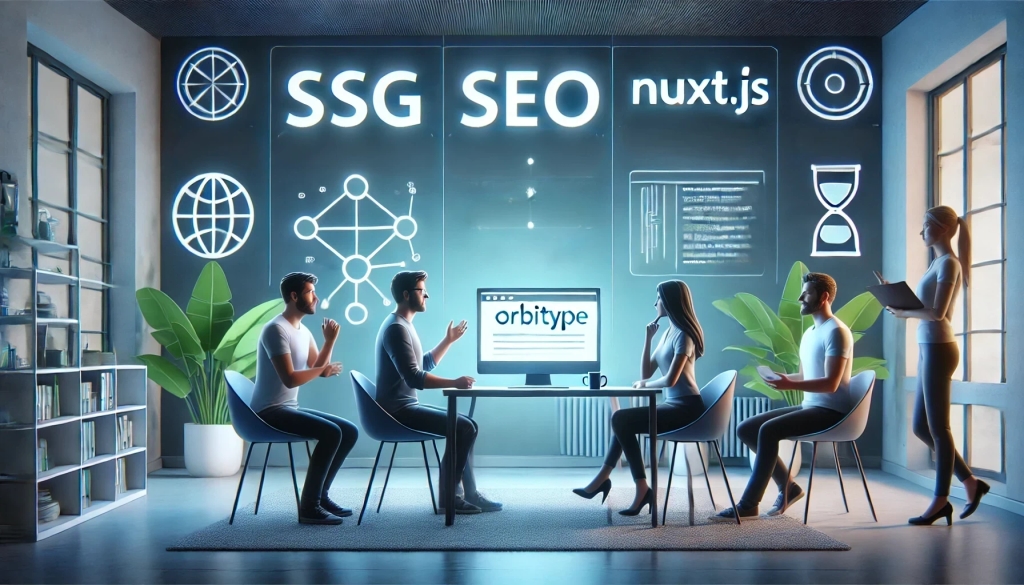
Integrating Orbitype with Nuxt.js for Optimal Performance and SEO
Leveraging Orbitype, a robust headless CMS, with Nuxt.js, a Vue.js framework, provides developers a powerful solution for building fast, SEO-optimized websites. This blog post explores how the integration of Orbitype and Nuxt.js harnesses the benefits of static site generation (SSG) and server-side rendering (SSR), thanks to Orbitype's API-driven content management system.
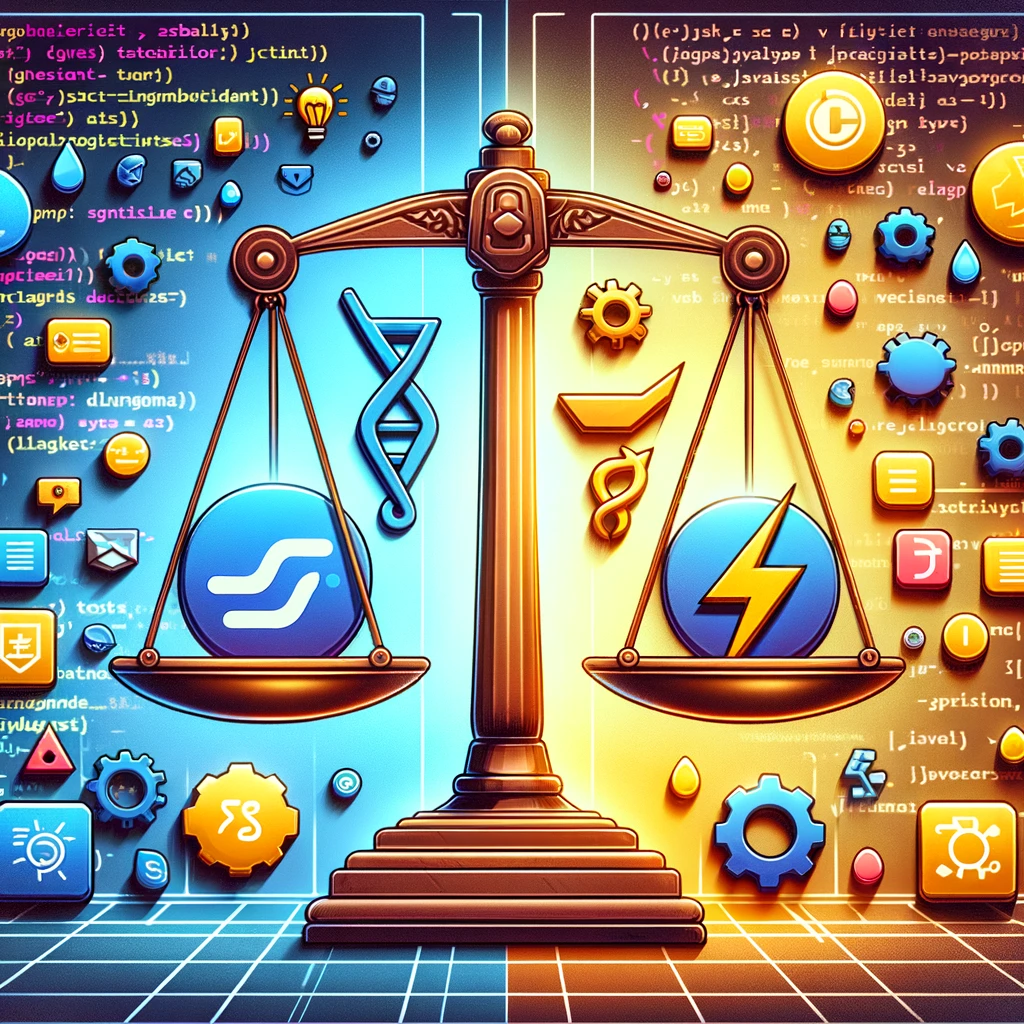
TypeScript vs. JavaScript
Discover the synergy between TypeScript and JavaScript for web development. Learn how Orbitype supports Nuxt CMS, headless CMS for Nuxt, and future-ready digital trends.
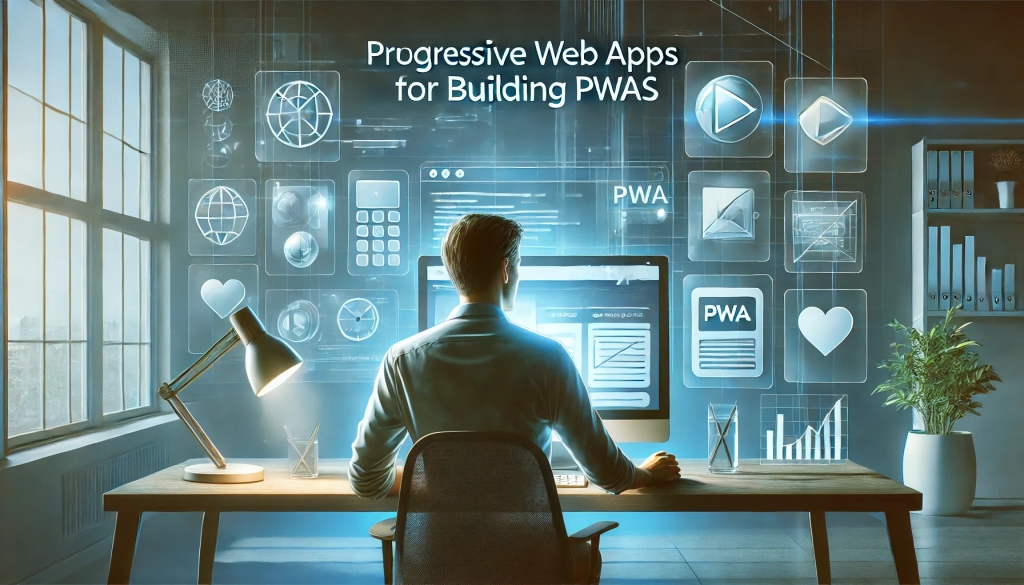
Building Progressive Web Apps (PWAs) with Orbitype
Explore how Orbitype enhances Progressive Web Apps (PWAs) with optimized performance, offline capabilities, and seamless content management for superior user experiences.
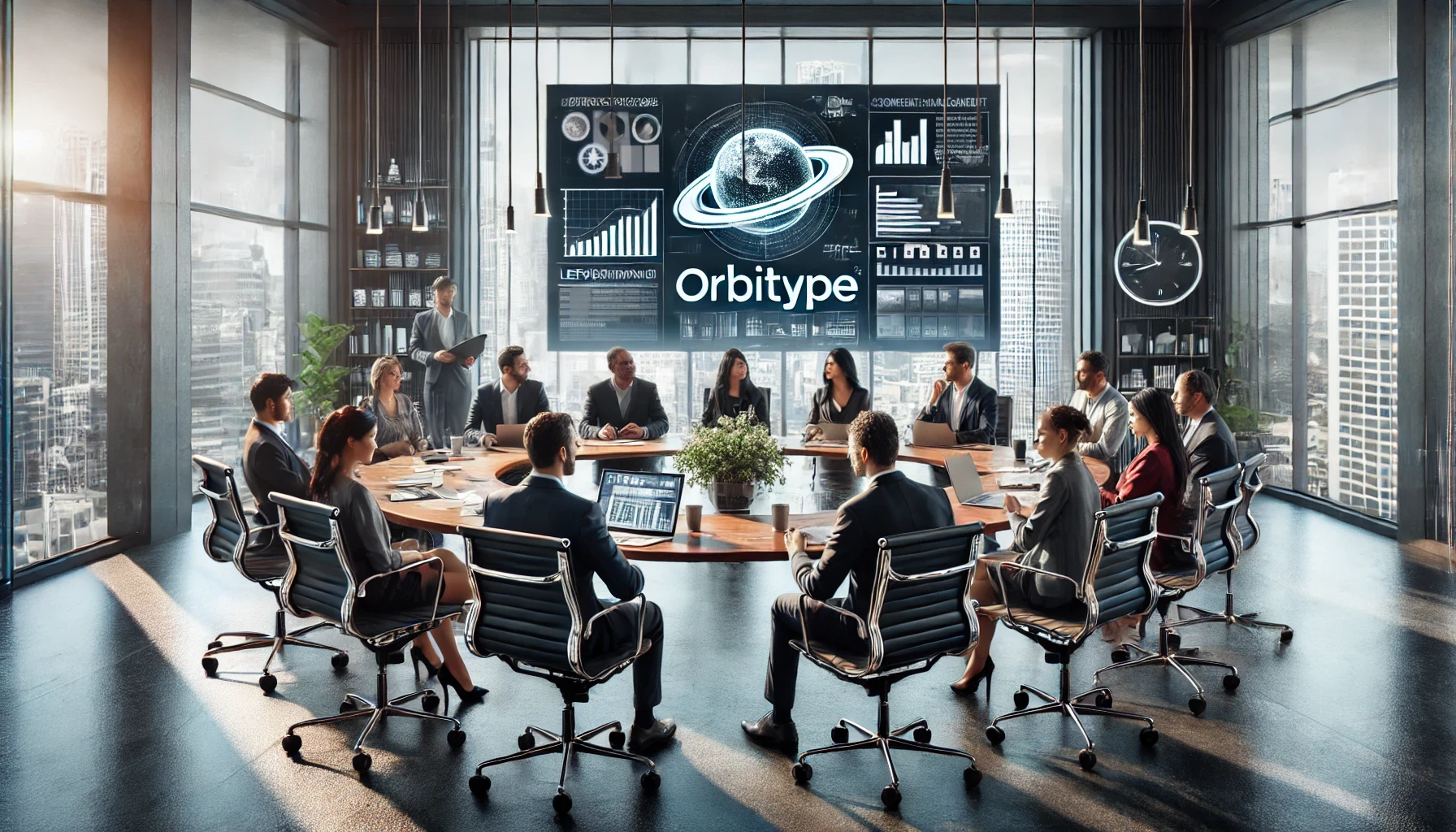
Leveraging Orbitype for Efficient Content Management in E-Commerce
nhance your e-commerce performance with Orbitype CMS. This scalable headless CMS simplifies content management, boosts SEO, and seamlessly integrates with Shopify, WooCommerce, and Magento for dynamic, flexible solutions.

Mastering Third-Party Integrations with a Headless CMS for Efficient Workflows
Streamline workflows and scale your business with seamless third-party integrations using Orbitype's flexible headless CMS—designed for efficiency, automation, and growth.
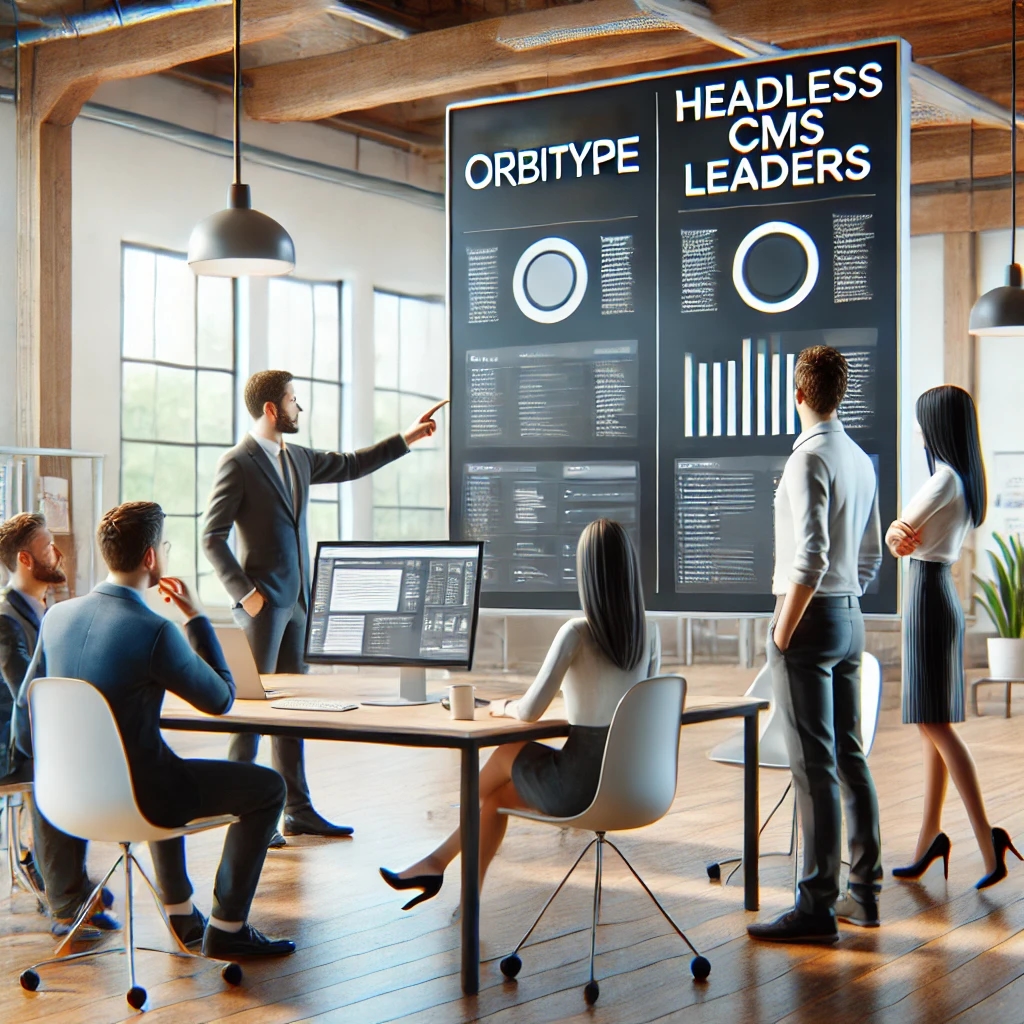
How Orbitype Compares to Headless CMS Leaders in 2025
Struggling to choose the best CMS? Discover how Orbitype compares to headless CMS leaders in 2025, solving complexity and scalability challenges with ease. Try Orbitype!
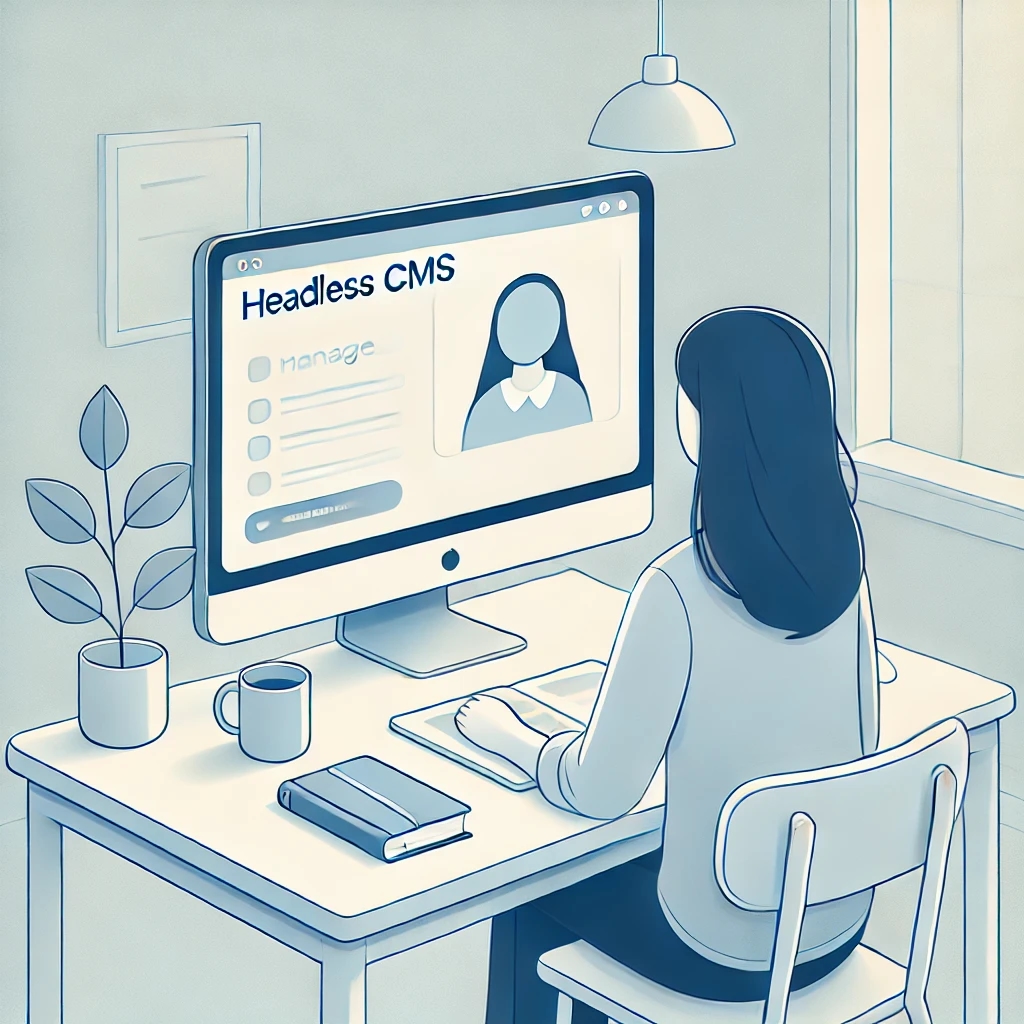
How Educational Institutions Benefit from Headless CMS for Online Learning
Enhance online learning with a Headless CMS. Discover how centralized content management, scalability, and seamless multi-channel access can transform educational platforms.
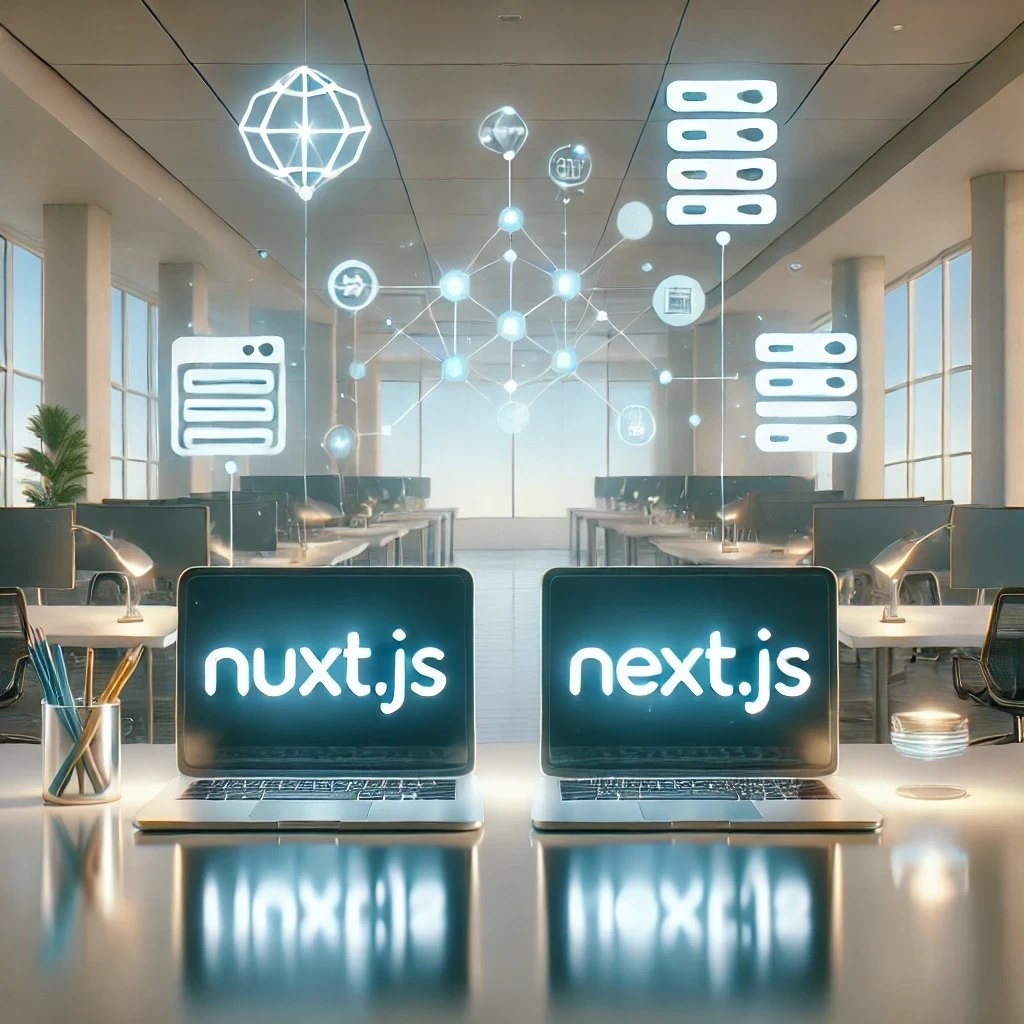
Nuxt vs Next: Which Framework Works Best with Headless CMS?
Compare Nuxt.js and Next.js to find the best frontend framework for your Headless CMS. Discover which offers better performance, scalability, and flexibility for dynamic web projects.
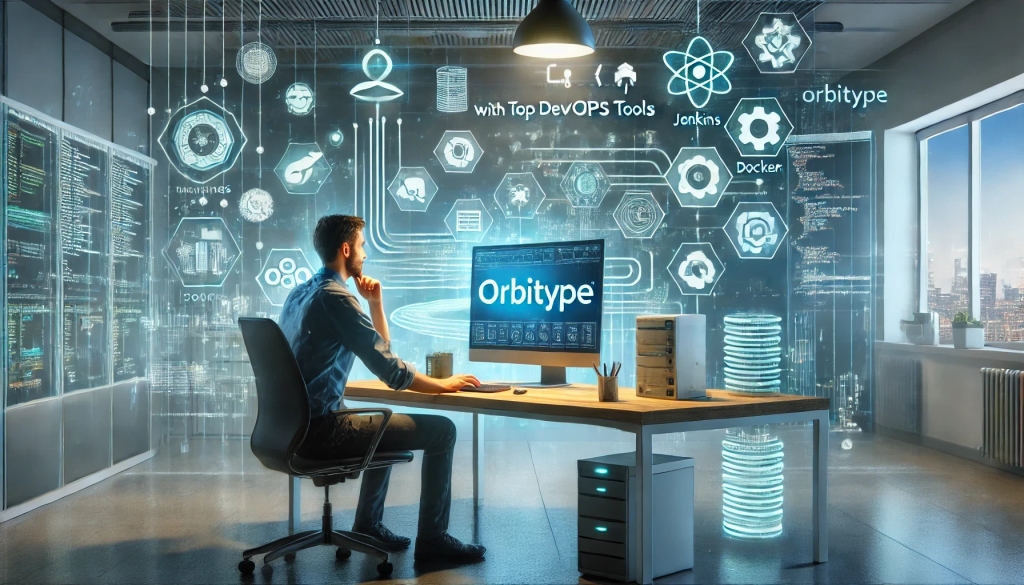
Streamlining Development: Integrating Orbitype with Top DevOps Tools
Discover how to integrate Orbitype with leading DevOps tools like Jenkins, Docker, and Kubernetes. Learn best practices for automating deployments, containerizing Orbitype, and scaling efficiently while streamlining workflows for continuous integration and delivery.

Building High-Performance Vue Apps with a Headless CMS
Discover how to optimize Vue.js apps with a Headless CMS for high performance, scalability, and SEO. Learn best practices and tools for creating dynamic web apps.

SQL or NoSQL: What's Best for Mobile Applications Using Orbitype?
Explore Orbitype, the ultimate headless CMS for React developers, offering seamless content management, enhanced performance, and flexibility to create dynamic web applications with ease. Learn how Orbitype simplifies workflows and boosts productivity.
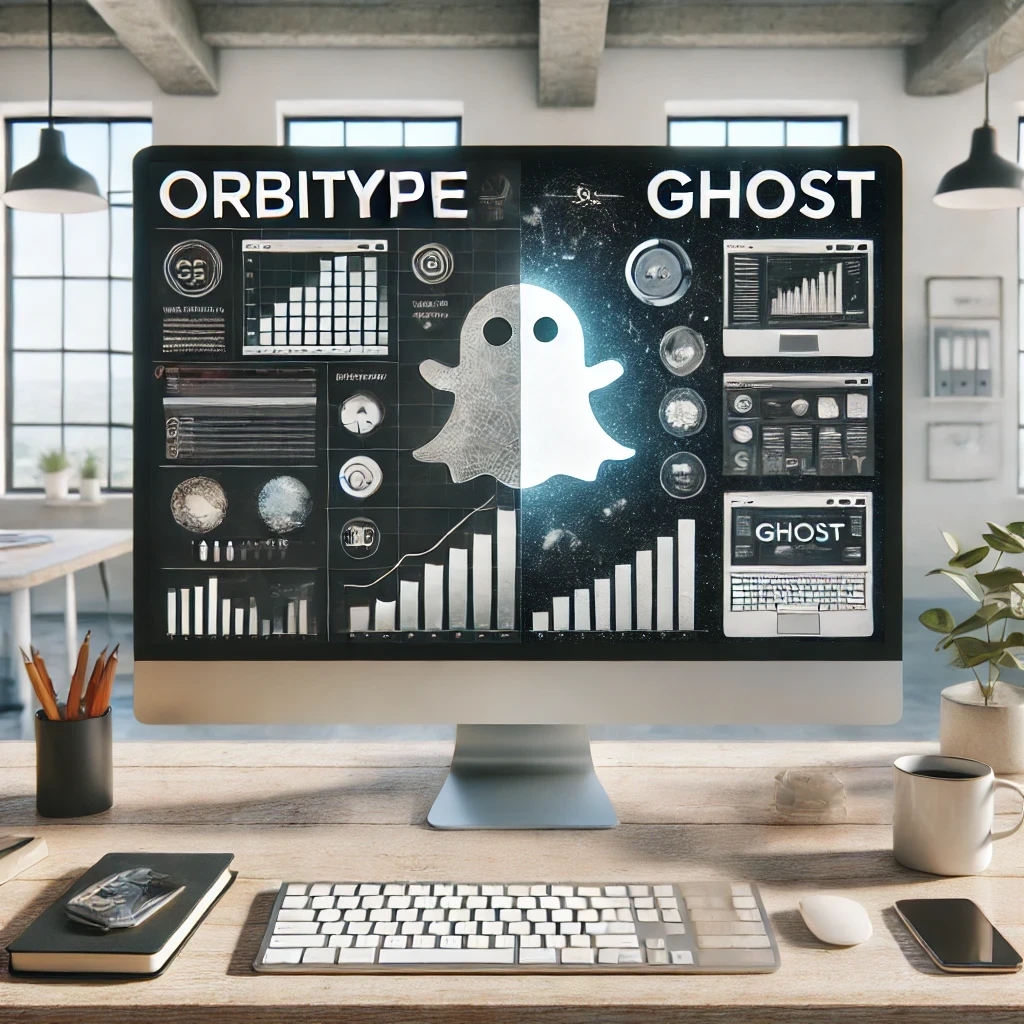
Comparing Orbitype and Ghost: Best CMS for Blogging in 2025
Compare Orbitype and Ghost to find the best CMS for blogging in 2025. Discover which platform suits your goals, from scalability to simplicity and dynamic content
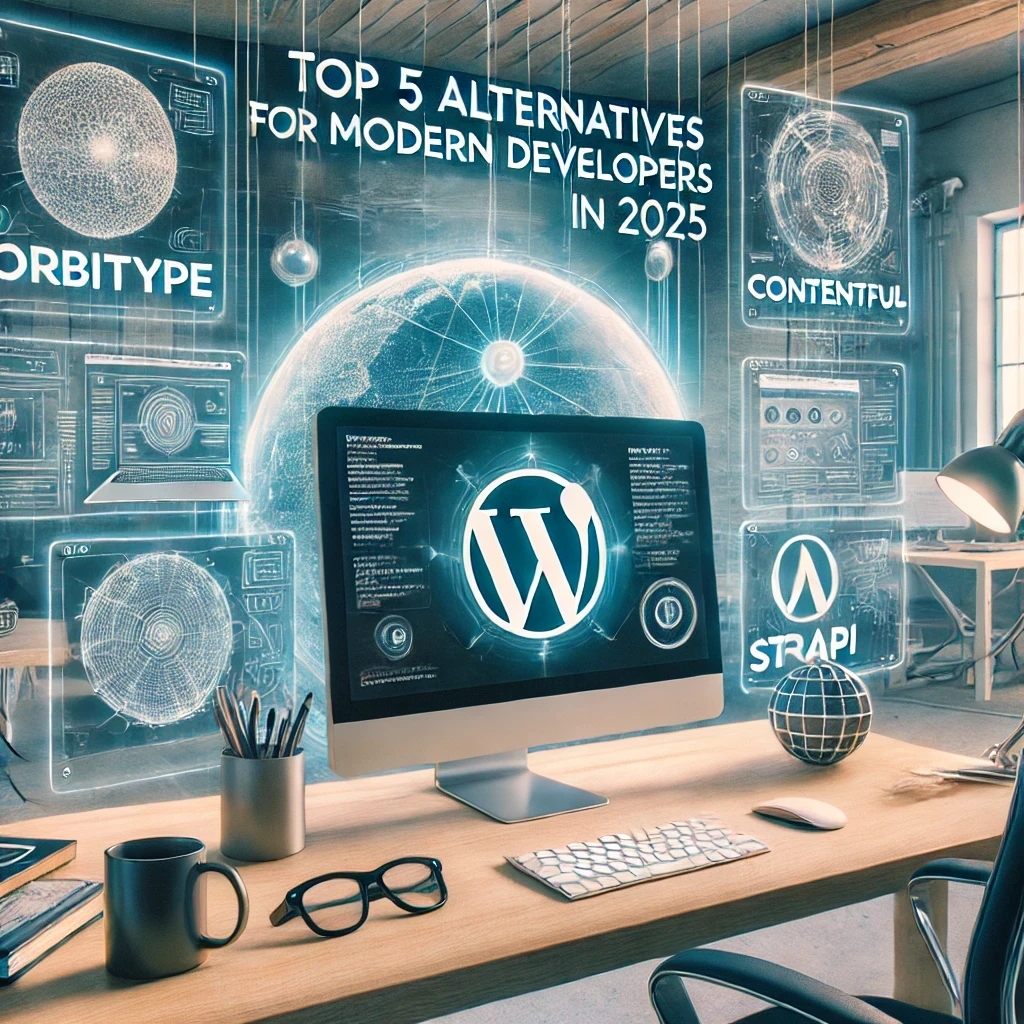
Top 5 Alternatives to WordPress for Modern Developers in 2025
Discover the top WordPress alternatives for 2025, including Orbitype, Contentful, and Strapi. Explore modern CMS platforms offering scalability, flexibility, and cutting-edge tools for developers.

Security and Compliance in Headless CMS: Focus on Orbitype
Explore headless CMS security with Orbitype: advanced authentication, data encryption, and compliance with GDPR & CCPA. Learn best practices for secure CMS operations.

10 Tips for Optimizing Core Web Vitals in Headless CMS Websites
Discover 10 actionable tips to optimize Core Web Vitals for Headless CMS websites. Improve performance, SEO, and user experience with these essential strategies.
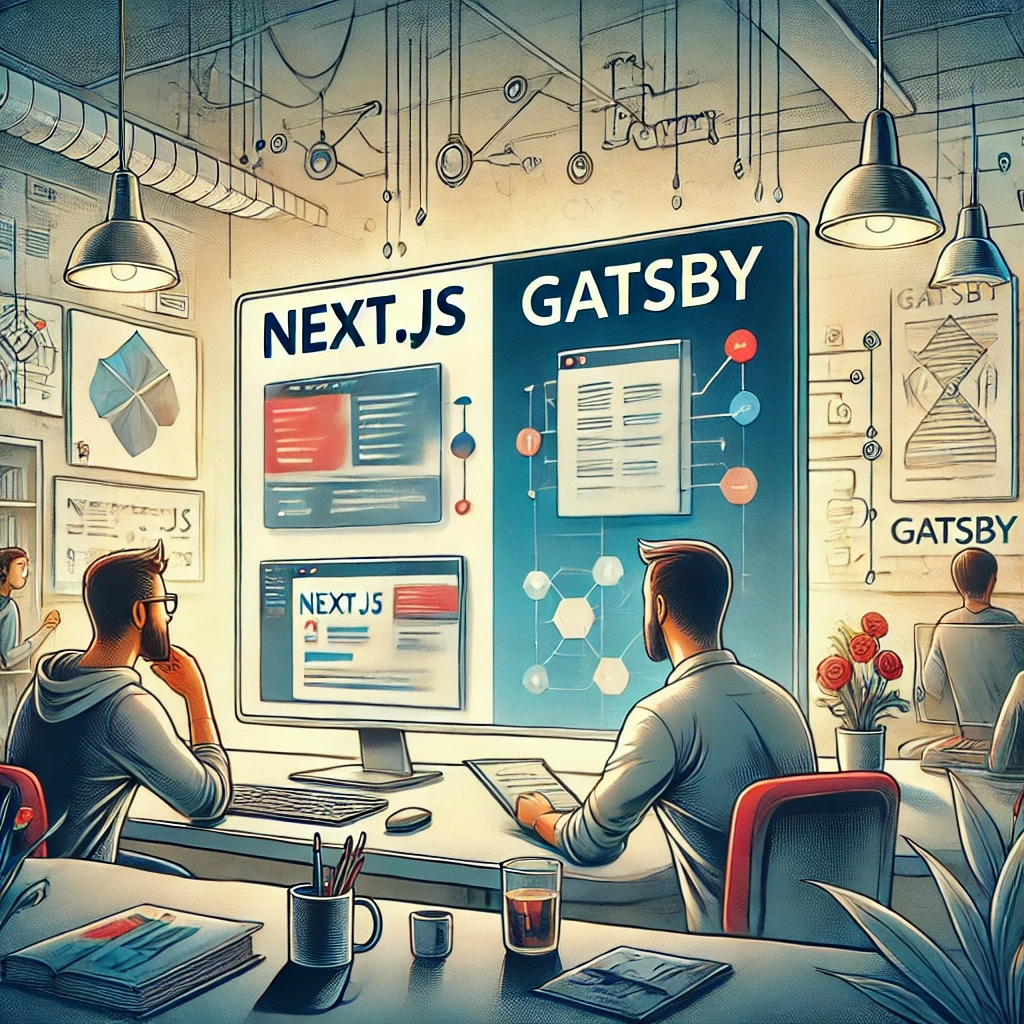
Next.js vs Gatsby: Which Works Best With a Headless CMS?
Choosing between Next.js and Gatsby can be challenging when working with a Headless CMS. This guide breaks down their strengths and helps you decide which framework works best for your dynamic or static content needs.

CMS for Vue.Js - Orbitype Headless CMS
Explore Orbitype, the best Headless CMS for Vue.js, offering seamless API integration, dynamic content management, and unmatched performance for interactive front-end development.
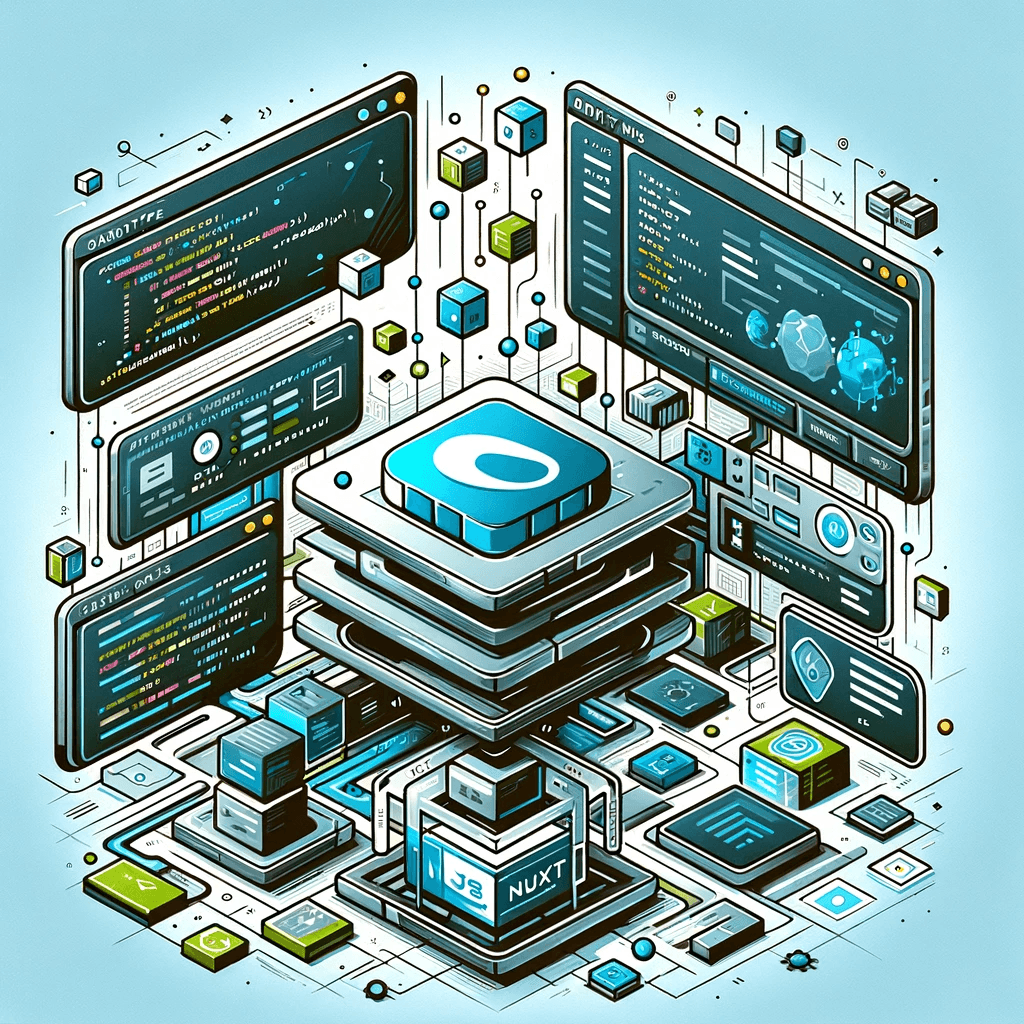
CMS for Nuxt - Orbitype Headless CMS
Optimize your Nuxt.js projects with Orbitype, the API-first Headless CMS offering scalable content management, multimedia repositories, and enhanced SEO for modern web applications.

Best Headless CMS Solutions for Portfolio and Personal Websites
Showcase your work with ease using Orbitype—the ultimate Headless CMS for portfolio and personal websites. Enjoy seamless integration, powerful customization, and SEO-friendly features designed for creators and developers.
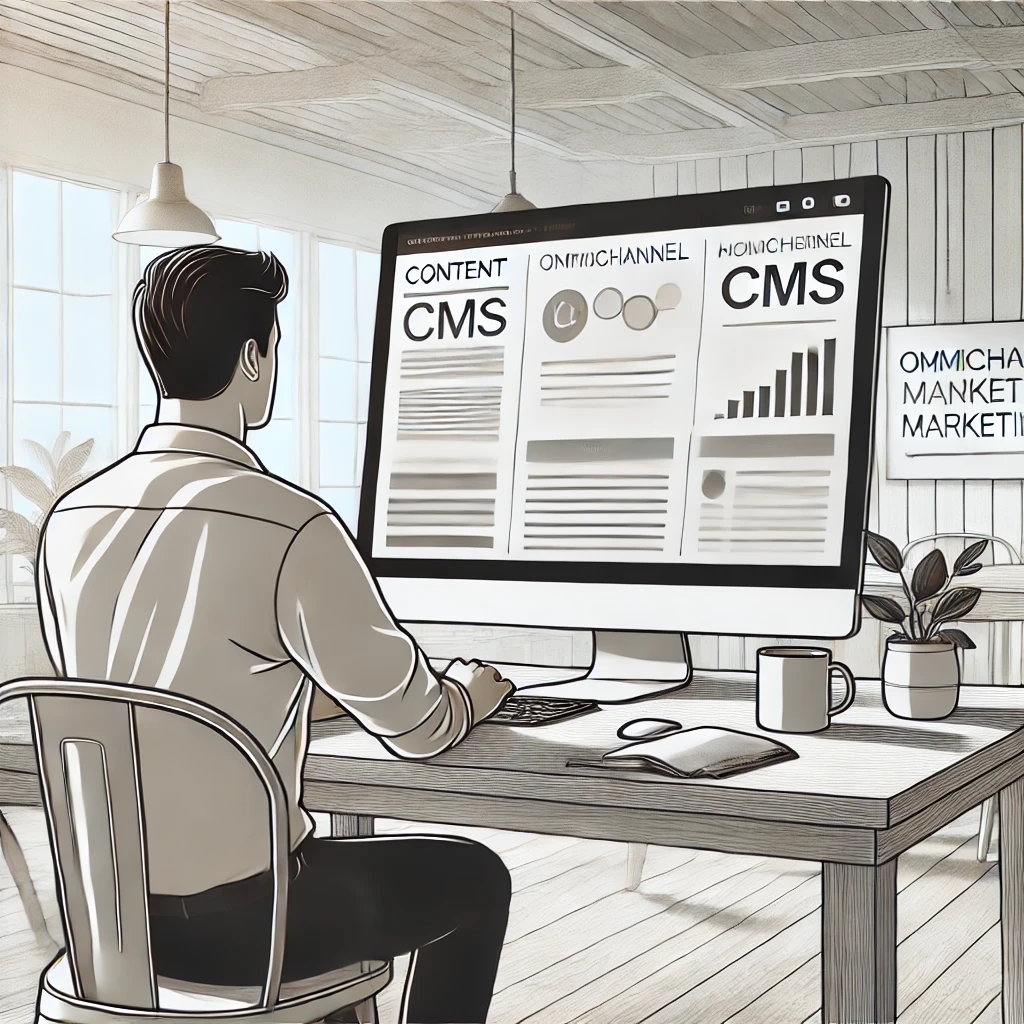
How Headless CMS Empowers Omnichannel Marketing Strategies
Boost your omnichannel marketing strategy with a Headless CMS. Centralize content management, deliver personalized customer experiences, and ensure consistency across platforms.
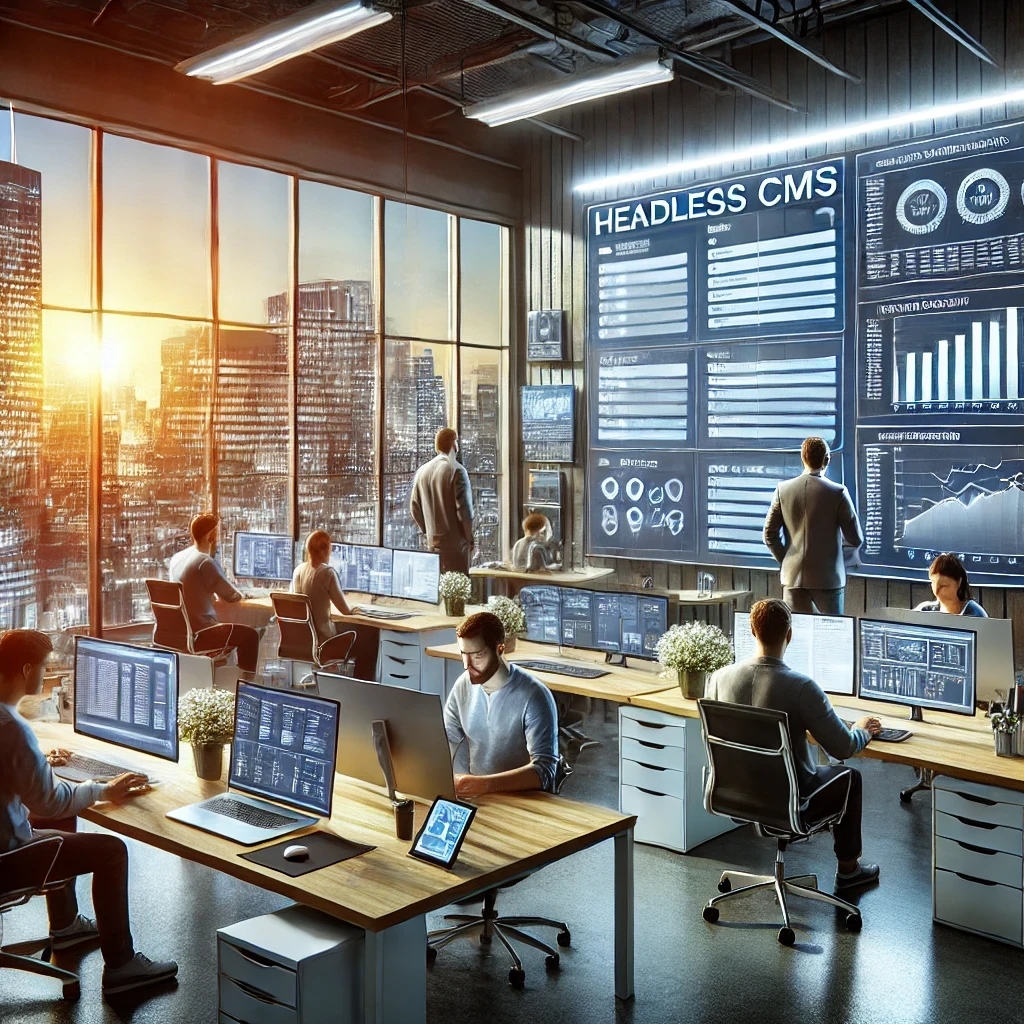
How to Scale Your Website with a Headless CMS for High Traffic
Scale your website effortlessly with a headless CMS like Orbitype—achieve faster load times, seamless scalability, and reliable performance during high-traffic surges
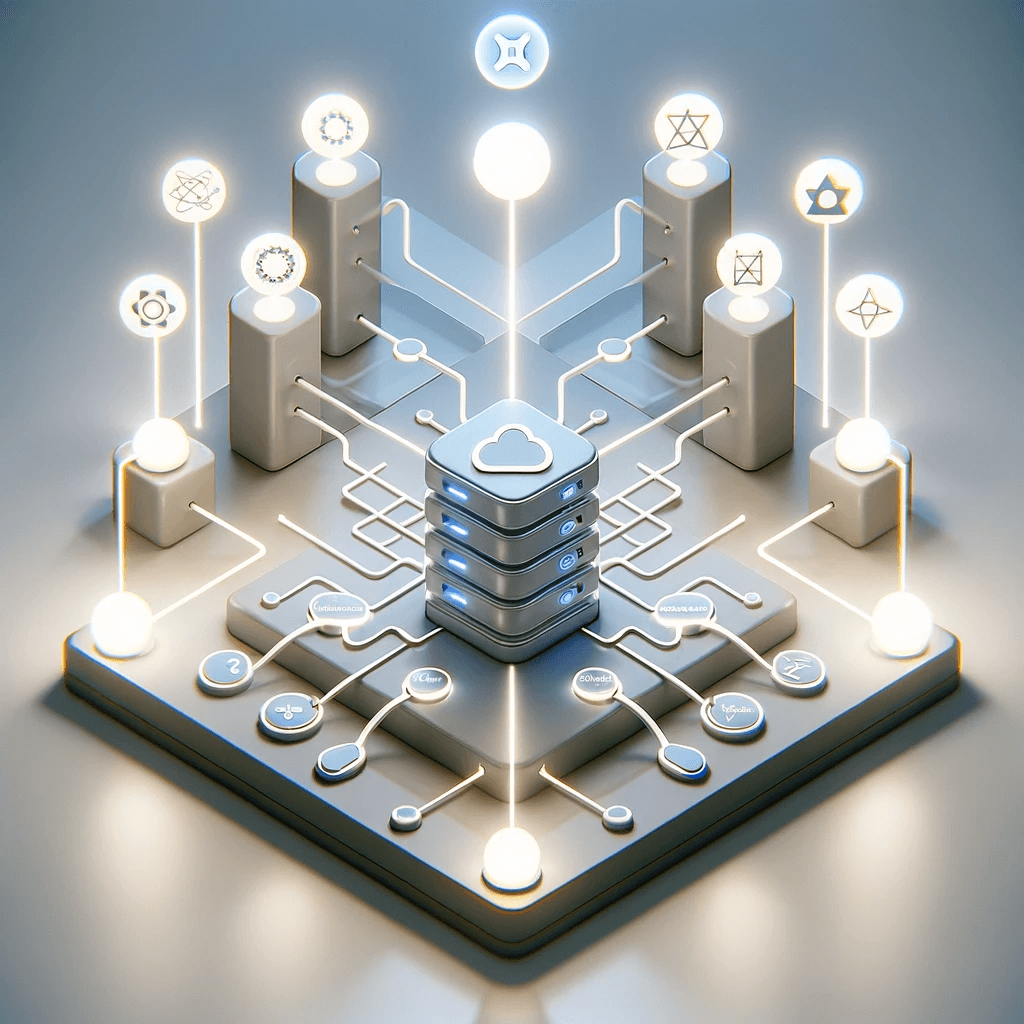
CMS for React - Orbitype Headless CMS
Orbitype is the ideal CMS for React developers, combining seamless API integration, flexible content management, and scalability to create fast, dynamic, and customizable web applications effortlessly.
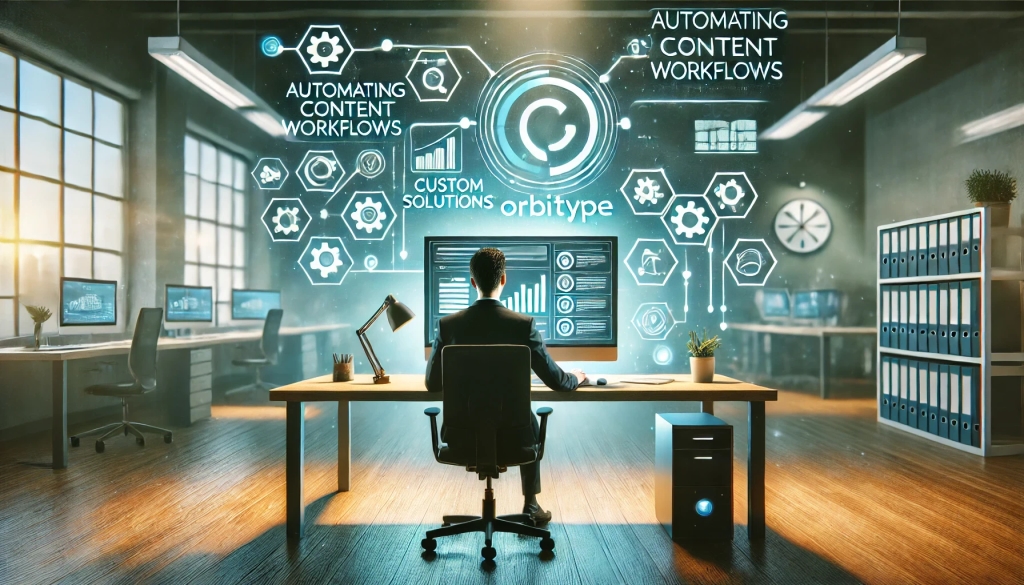
Automating Content Workflows with Orbitype’s Custom Solutions
Discover how Orbitype's custom CRM and ERP solutions revolutionize content workflows. Automate processes, reduce manual tasks, and improve productivity for software development agencies with tailored tools for seamless collaboration and efficiency.